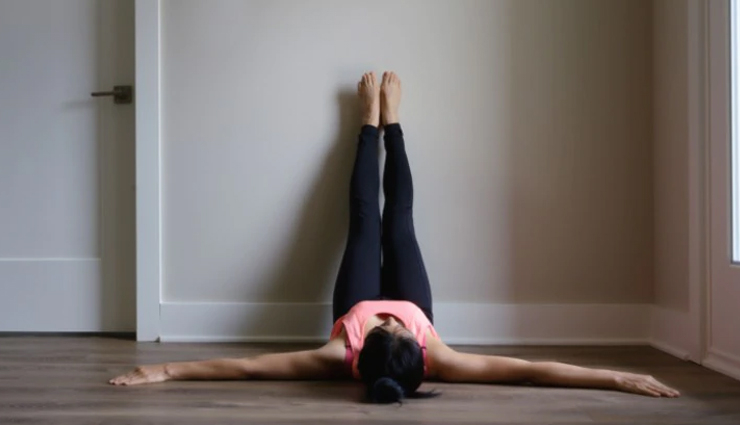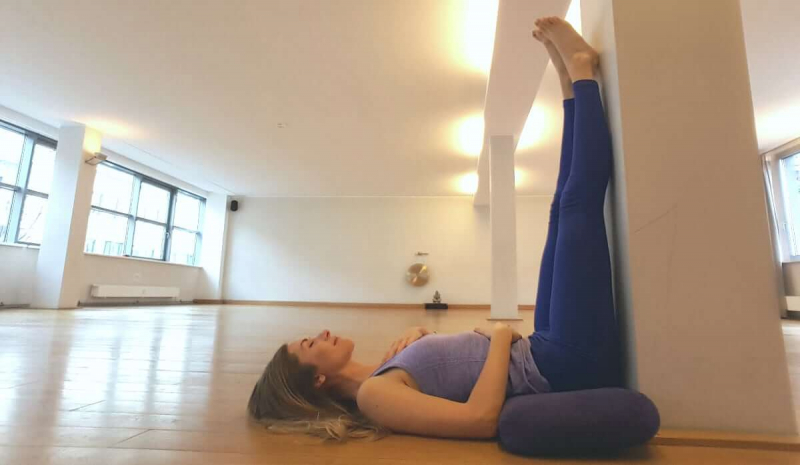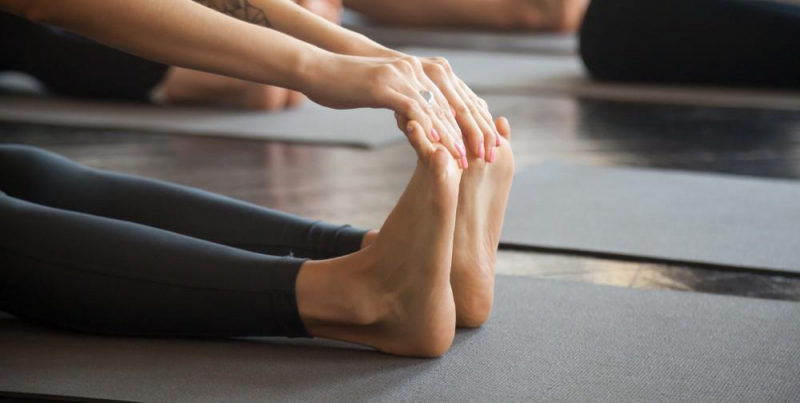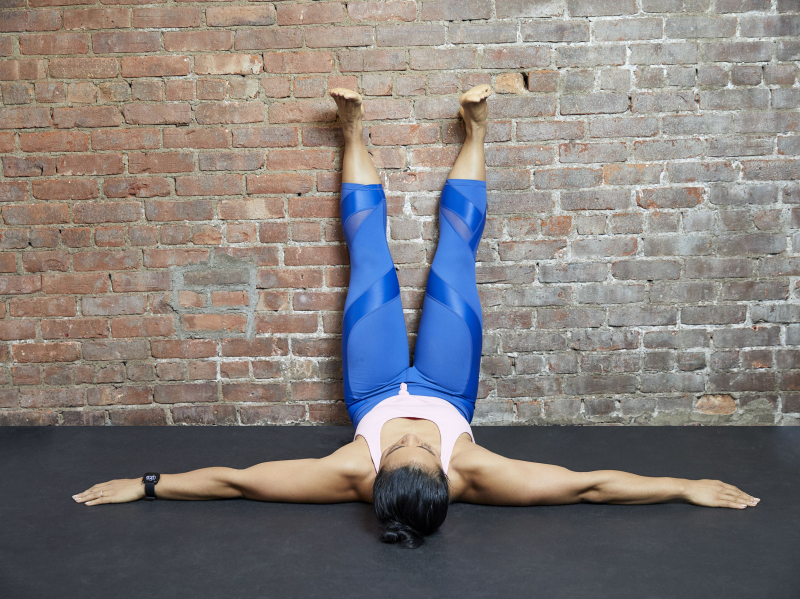Top 3 Benefits of Legs Up the Wall Pose
Yoga is a mindful practice that helps you relieve stress and improve flexibility. Yoga can be as intense and involved or therapeutic and relaxing as you’d ... read more...like. The Legs Up the Wall pose, also known as viparita karani yoga, inverts the body without straining the head or neck. This pose is excellent for reducing stress and anxiety, and it is easy for beginners. Let's find out the many benefits of the Legs Up the Wall pose and how to do it.
-
One of the benefits of Legs Up the Wall pose is that it supports the lymphatic and glymphatic systems and the immune system (it promotes fresh, oxygenated blood to circulate to the upper extremities). Inversions like headstands and shoulderstands are known to deliver fresh blood flow and oxygen to the brain and upper body. The lymphatic system filters and breaks down bacteria and other potentially hazardous cells, but the nodes that do the majority of the filtering are located in the neck, armpits, stomach, and groin, which is why inverted positions like these are so critical for transporting fluid there. Because the lymphatic system lacks a 'pump,' like the circulatory system of blood, it relies on gravity and movement to help it function.
The capacity to stimulate the glymphatic system is another essential but little-known effect of lifting the legs while resting. This system is in charge of effectively'sweeping away' the bacteria that have been filtered by the lymphatic system, therefore it is a crucial second step in ridding the body of infections. What's the secret to having everything operate even better? Relax. When the body is calm, both of these systems perform significantly better.

Lifeberrys.com 
SciTechDaily -
Legs Up the Wall can help to aid in the activation of the parasympathetic nervous system. The vagus nerve is a long nerve that originates in the brain and travels through the body, connecting to the throat, heart, and diaphragm before terminating in the gut. This nerve is constantly sensing what's going on in the body and relaying information to the brain, which determines how you feel.
Are you rushing around and exhaling quickly? When the vagus nerve detects stress, it sends a message to the brain that says "stress!" The brain then encourages the release of cortisol, the stress hormone. Do you want to lie down with your legs up the wall and take calm, deep breaths? This nerve detects your calm state and delivers a message to your brain, allowing you to transition from the sympathetic nervous system ('fight or flight') to the parasympathetic nervous system ('rest and digest').

DOYOU 
The Deep Sleep Co -
Relieving aching muscles and joints and swollen ankles and feet is one of the benefits of Legs Up the Wall pose. The joints and spinal column might become squeezed and drained of fluid after hurrying around or sitting at a desk for lengthy periods of time, leading to greater aches and pains. A few minutes of Legs Up the Wall can assist in easing heaviness and fatigue in the feet, legs, and hips, as well as relieve strain on the lower back. This posture can help people with swollen ankles and feet reduce swelling and discomfort.
While the Legs Up the Wall pose is a peaceful and safe position for the majority of individuals, there are times when it's preferable to skip it or employ a different variation that doesn't require you to lie entirely flat on your back. This includes being pregnant, having glaucoma, or having untreated high blood pressure. If you're unable to practice this pose, a restorative and supported Savasana with cushions and blankets supporting the body is a great alternative. You can gently raise your feet on a cushion or yoga blocks to help stimulate the glymphatic system, which will still provide significant advantages.
POPSUGAR 
Verywell Fit
























